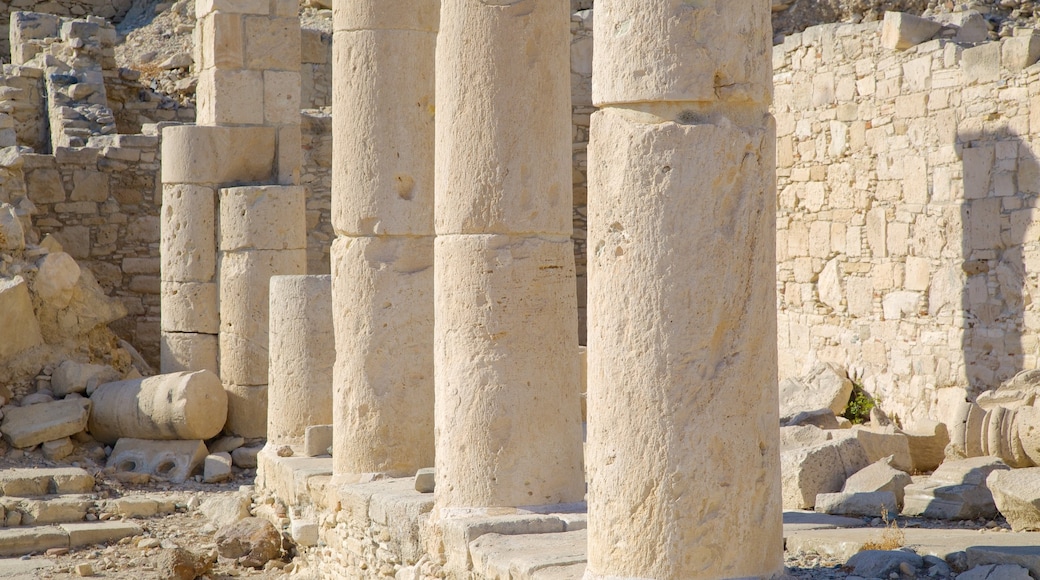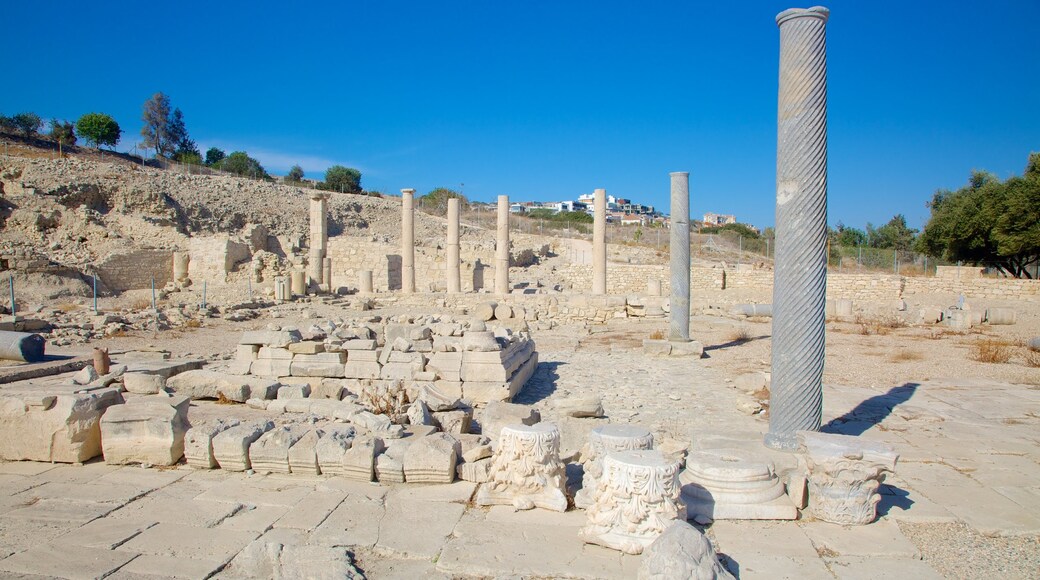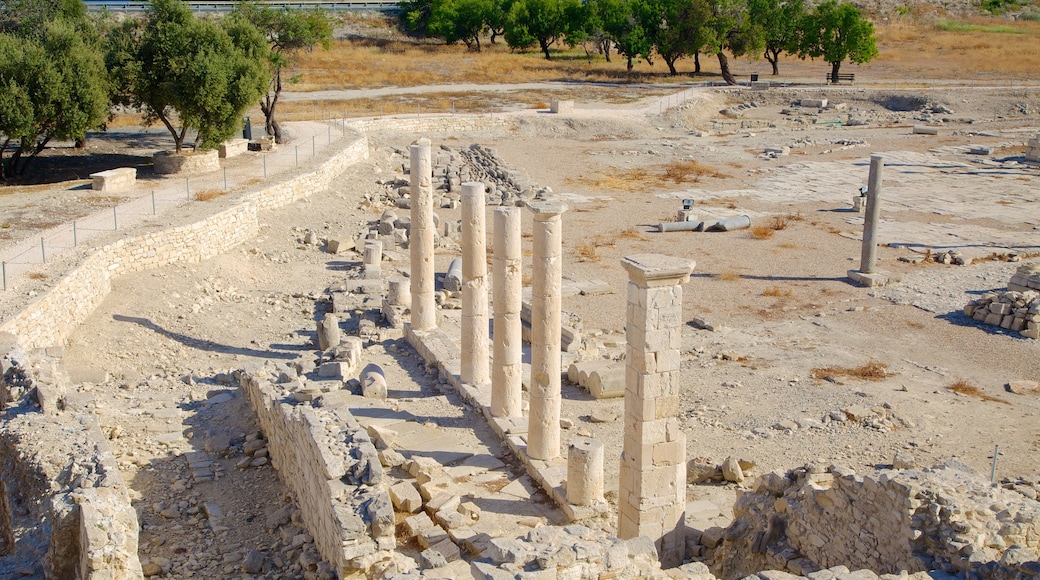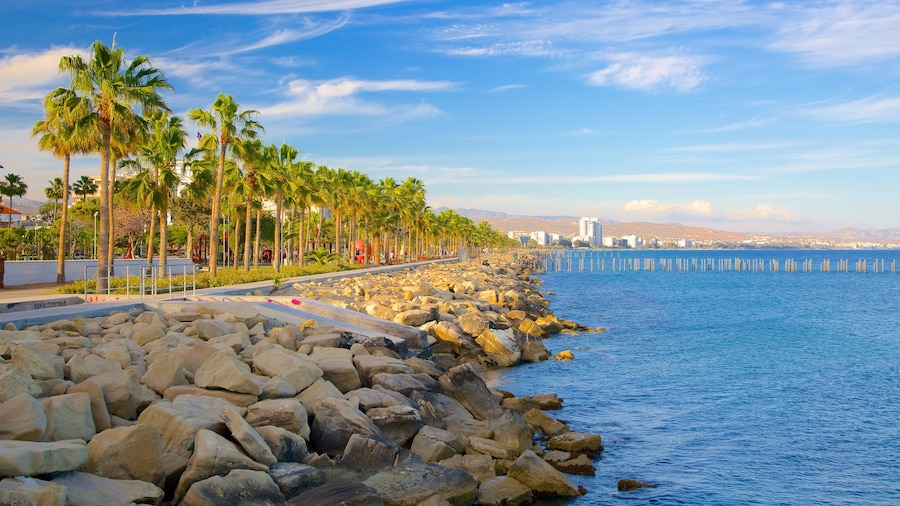Explore the remains of this important ancient kingdom, an intriguing set of stone ruins overlooking Limassol.
The Amathus Ruins make up an archeological site with a history that stretches back more than 3,000 years. Set on a hill east of Limassol, the crumbling ruins include an agora (marketplace), a temple complex, excavated houses and the remains of the city’s water system.
The exact origins of Amathus are unclear, but many believe it was first established by Greek islanders in 1000 B.C. According to mythology, Ariadne died here during childbirth after eloping from Minoan Crete with Theseus. Over the centuries, the city thrived as a major commercial center and was ruled by the Greeks, the Phoenicians, the Persians, the Ptolemies and the Romans. The city was abandoned in the 7th century and lay forgotten until British archeologists rediscovered it in the late 19th century.
Take a look at the well-preserved paved agora. Look for a site plan found at the agora’s seaward end, which will help give context to the scattered ruins. Admire the remaining columns of the agora and look for the ruins of an ancient fountain set in the center.
Near the northwest end of the agora, try to spot the remains of a complex aqueduct system that once supplied the city with water. You can also see the remains of a 5th-century Early Christian basilica near the base of the hill. Across from the basilica, look for the defensive walls that once protected the city. Rebuilt numerous times over the centuries, only small fragments of these walls can be seen today.
Follow the street leading up the hill towards the Acropolis. Notice the partly excavated Hellenistic-era houses found along the slope. On the top of the hill you’ll find ruins of the 1st-century Acropolis, as well as temples dedicated to Aphrodite and Hercules. From this hillside, you can also enjoy views over Limassol and the lower section of the archeological site.
The Amathus Ruins are located 6.2 miles (10 kilometers) east of Limassol. The site is open year-round and there is a small admission fee.



















